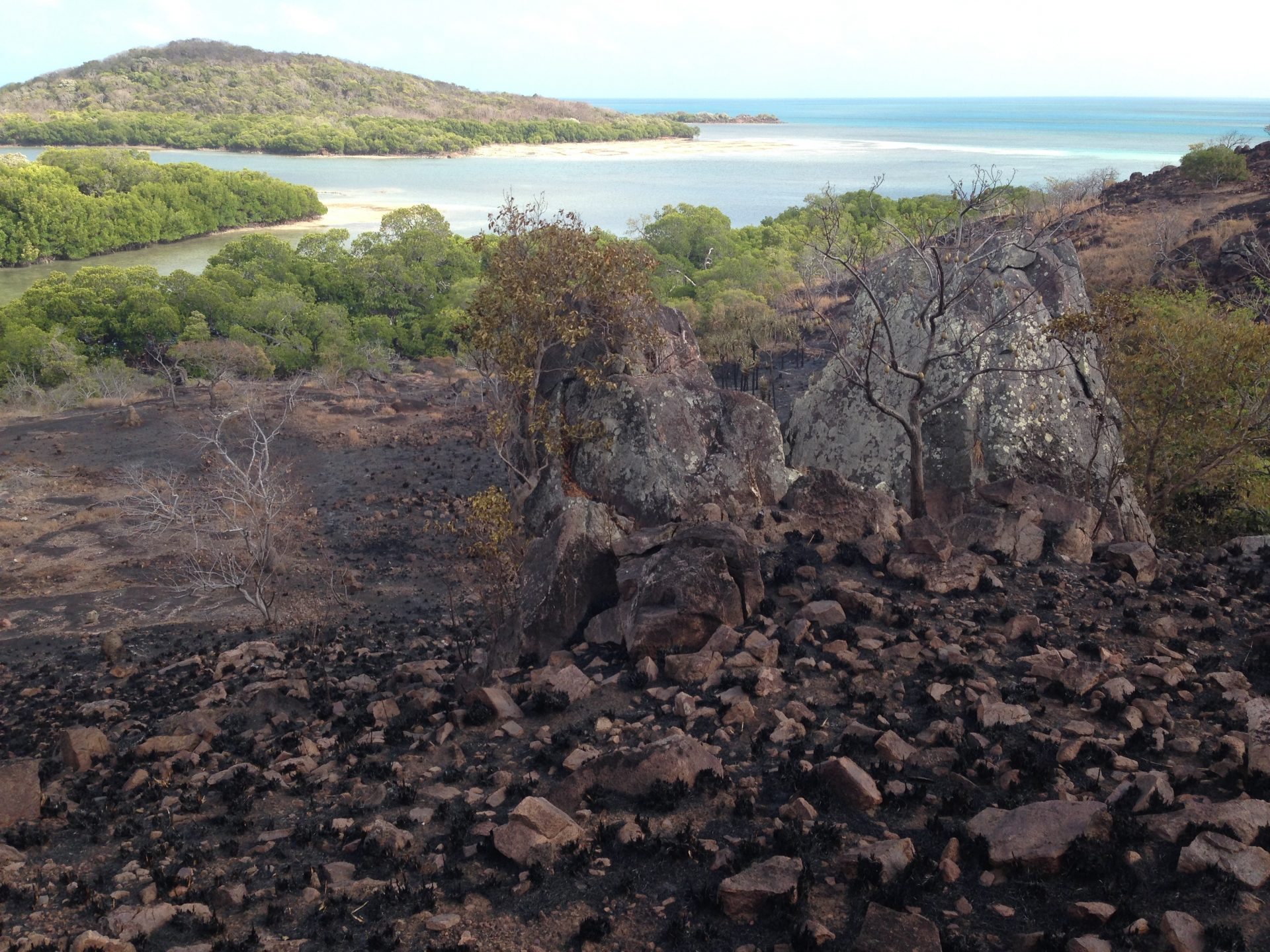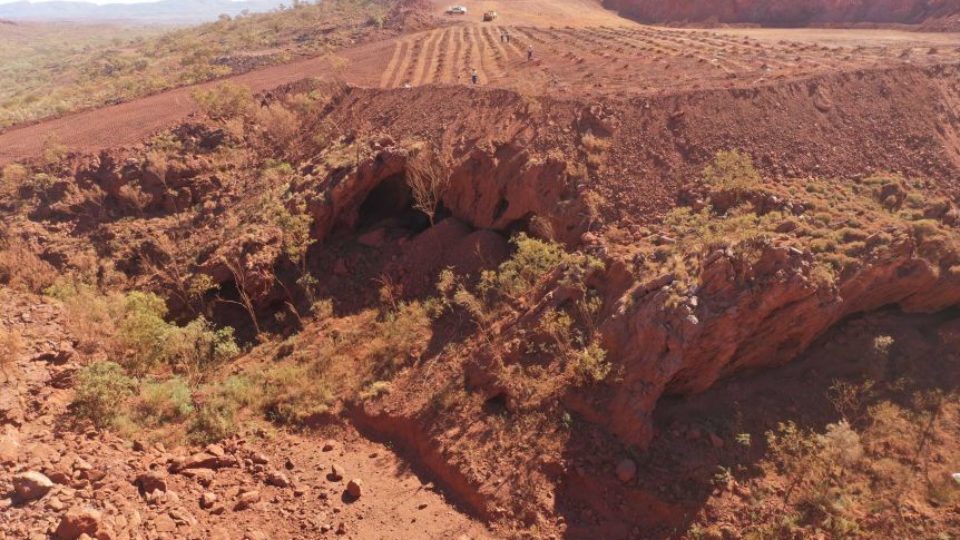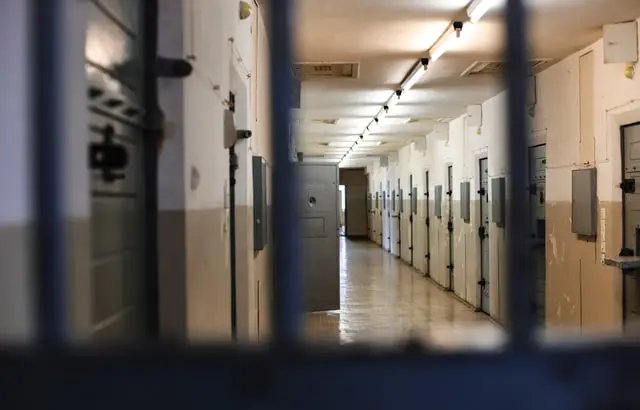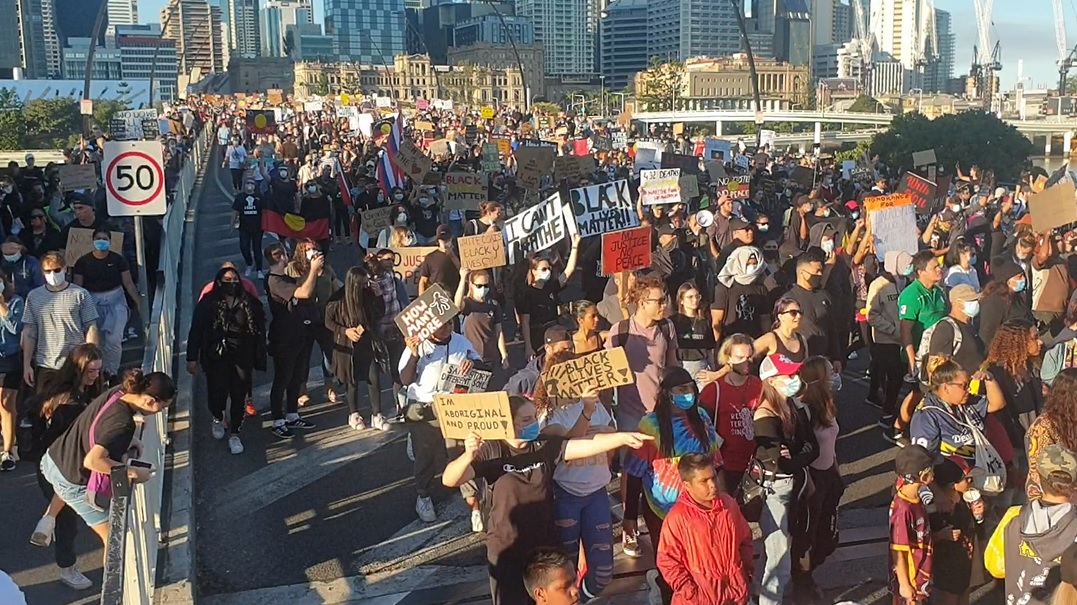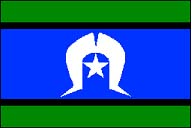Archaeologists at the Australian National University have found the earliest evidence of Indigenous communities cultivating bananas in Australia.
The evidence of cultivation and plant management dates 2,145 years and was found at Wagadagam on the tiny island of Mabuyag in the western Torres Strait.
The site comprised a series of retaining walls associated with gardening activities along with a network of stone arrangements, shell arrangements, rock art and a mound of dugong bones.
Soils from the site showed definitive evidence for intensive banana cultivation in the form of starch granules, banana plant microfossils and charcoal.
The finding shows the Torres Strait acted like a “bridge or filter” for horticultural practices between Papua New Guinea and Australia, says lead researcher Robert Williams.
Mr Williams, a Kambri-Ngunnawal man and third year PhD candidate, says the discovery goes towards correcting the narrative that Aboriginal and Torres Strait Islanders were solely hunter-gatherers.
“The Torres Strait has historically been seen as a separating line between Indigenous groups who practiced agriculture in New Guinea but who in Australia were hunter gatherers,” Mr Williams said.
“Our research shows the ancestors of the Goegmulgal people of Mabuyag were engaged in complex and diverse cultivation and horticultural practices in the western Torres Strait at least 2,000 years ago.
“So rather than being a barrier, the Torres Strait was more of a bridge or a filter of cultural and horticultural practices going both north and south.
“The type of banana we found on Mabuyag appeared much earlier on New Guinea, which was a centre of banana domestication.”
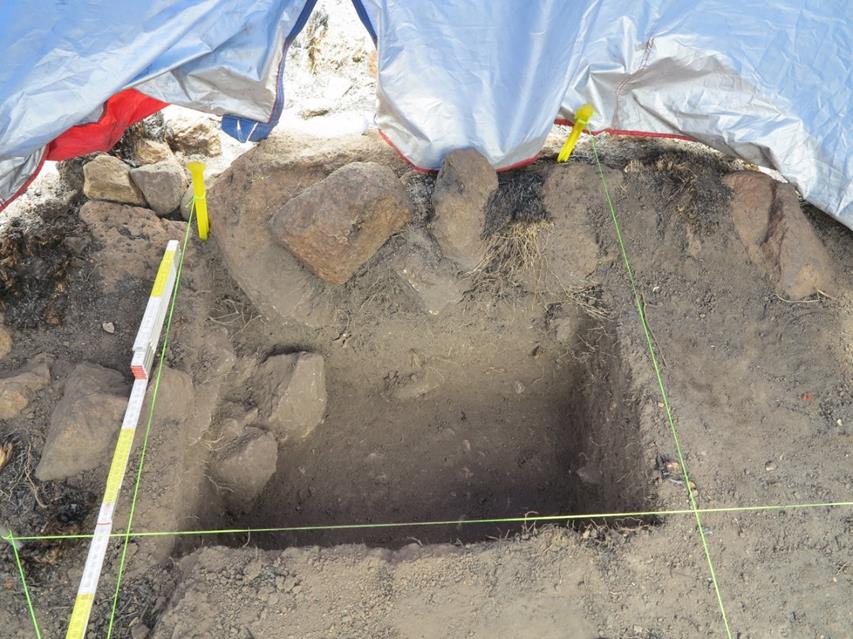
As a descendant of the Kambri Ngunnawal peoples, Mr Williams said he was mindful of how his research could affect a first nations’ community.
“Historically, culture has been appropriated by non-Indigenous archaeologists and anthropologists, so it was really important for me to make a connection with the people in this community and ensure they understood the research really belongs to them.
“I hope this work is something the community can be really proud about. It demonstrates through clear evidence the diversity and complexity of early horticulture in the western Torres Strait.”

